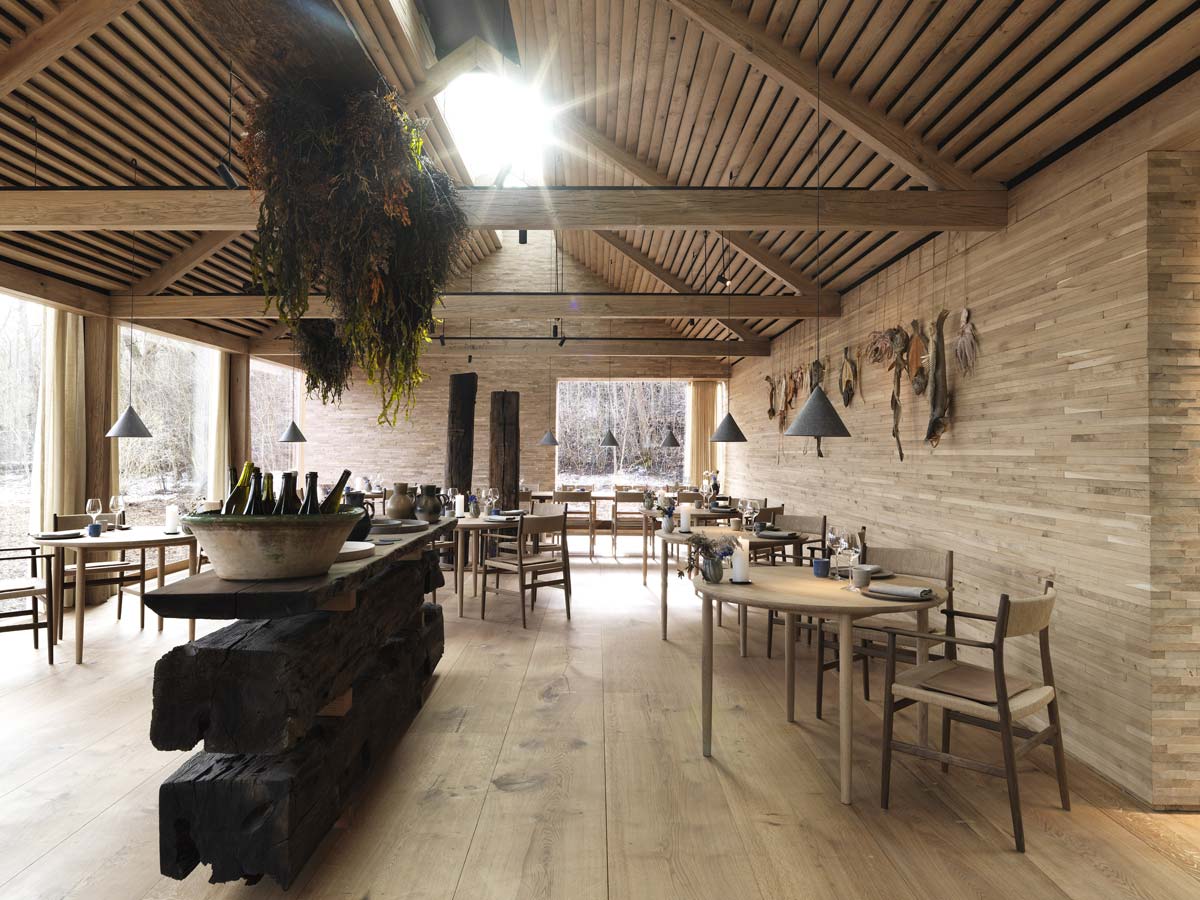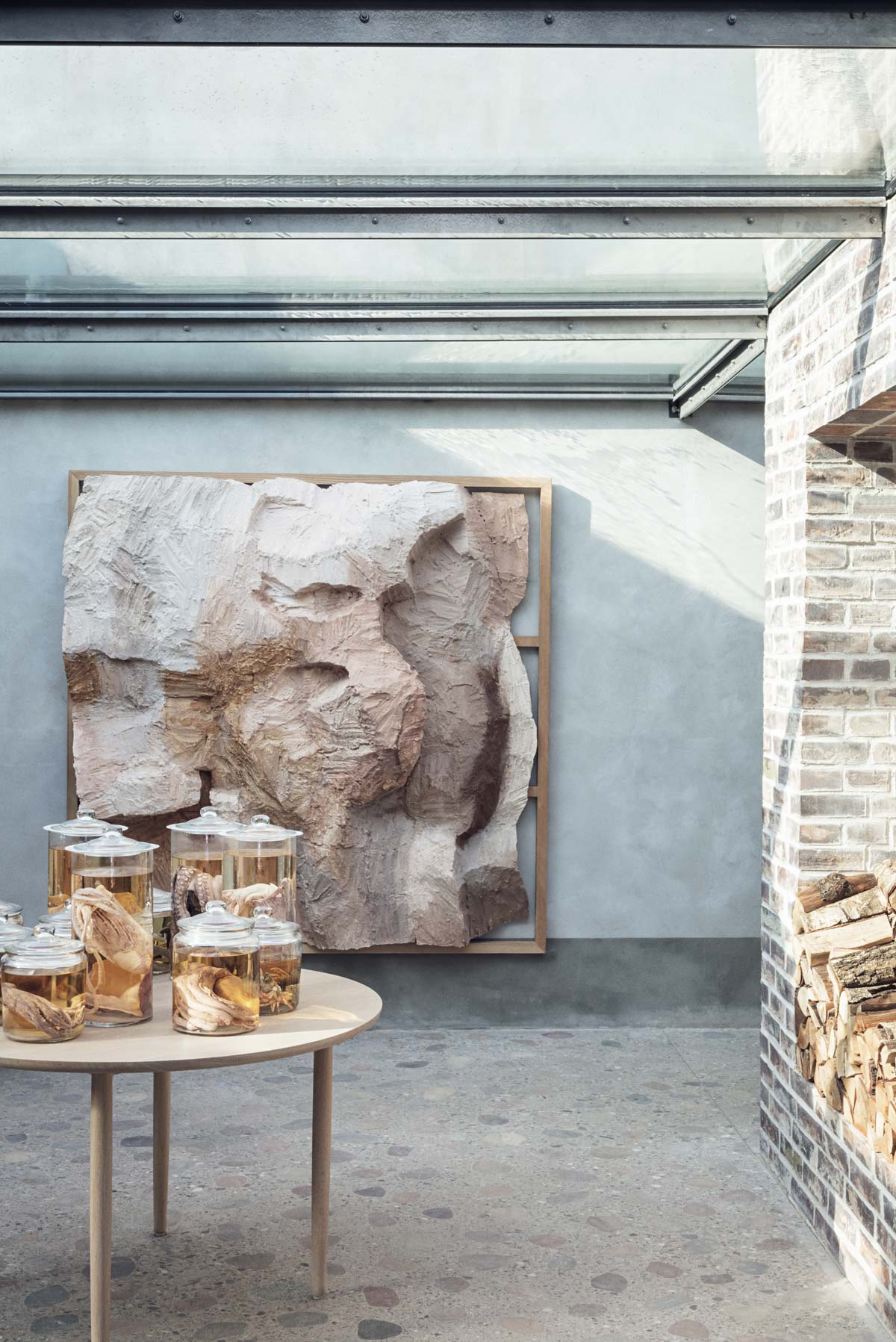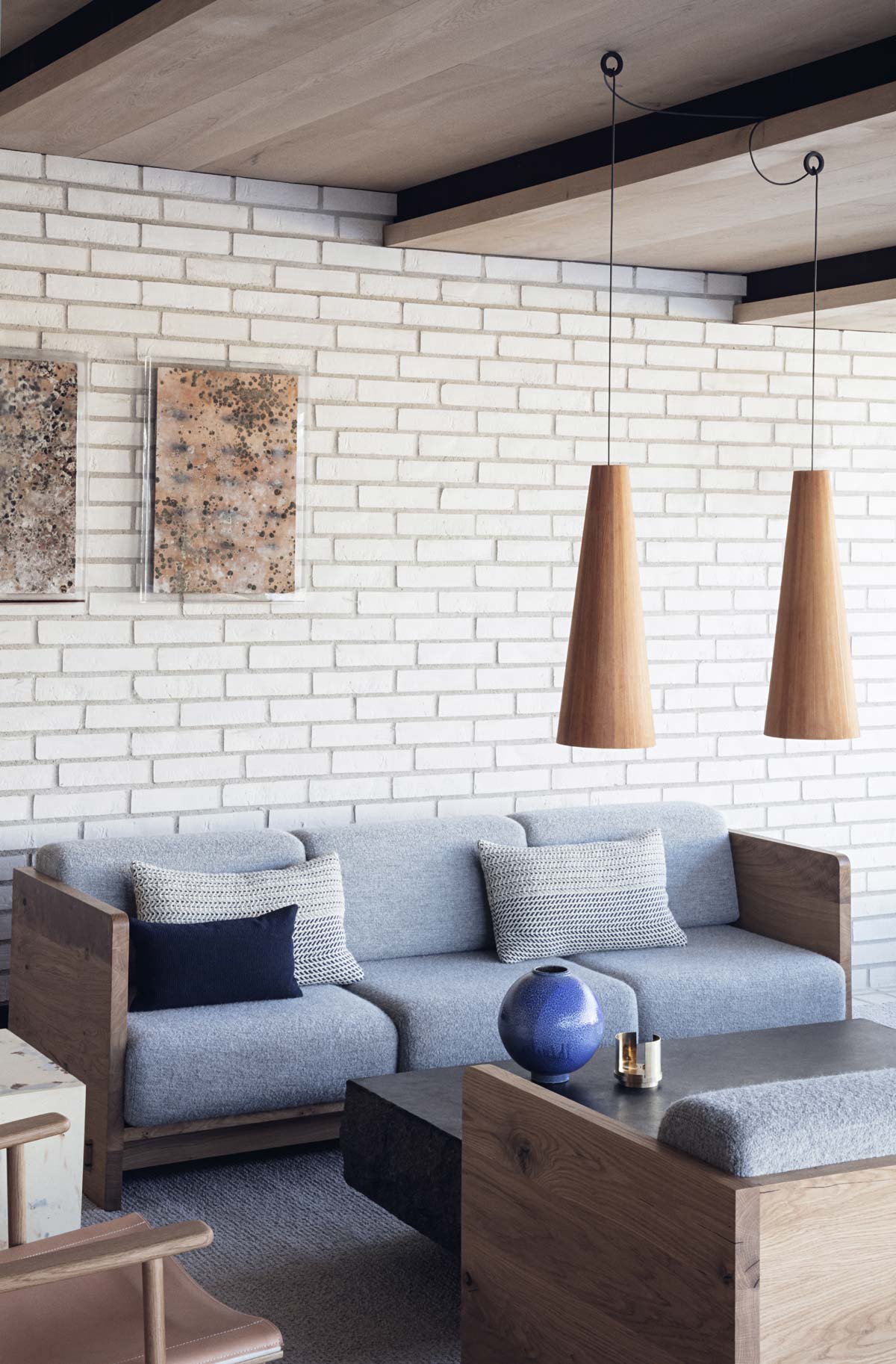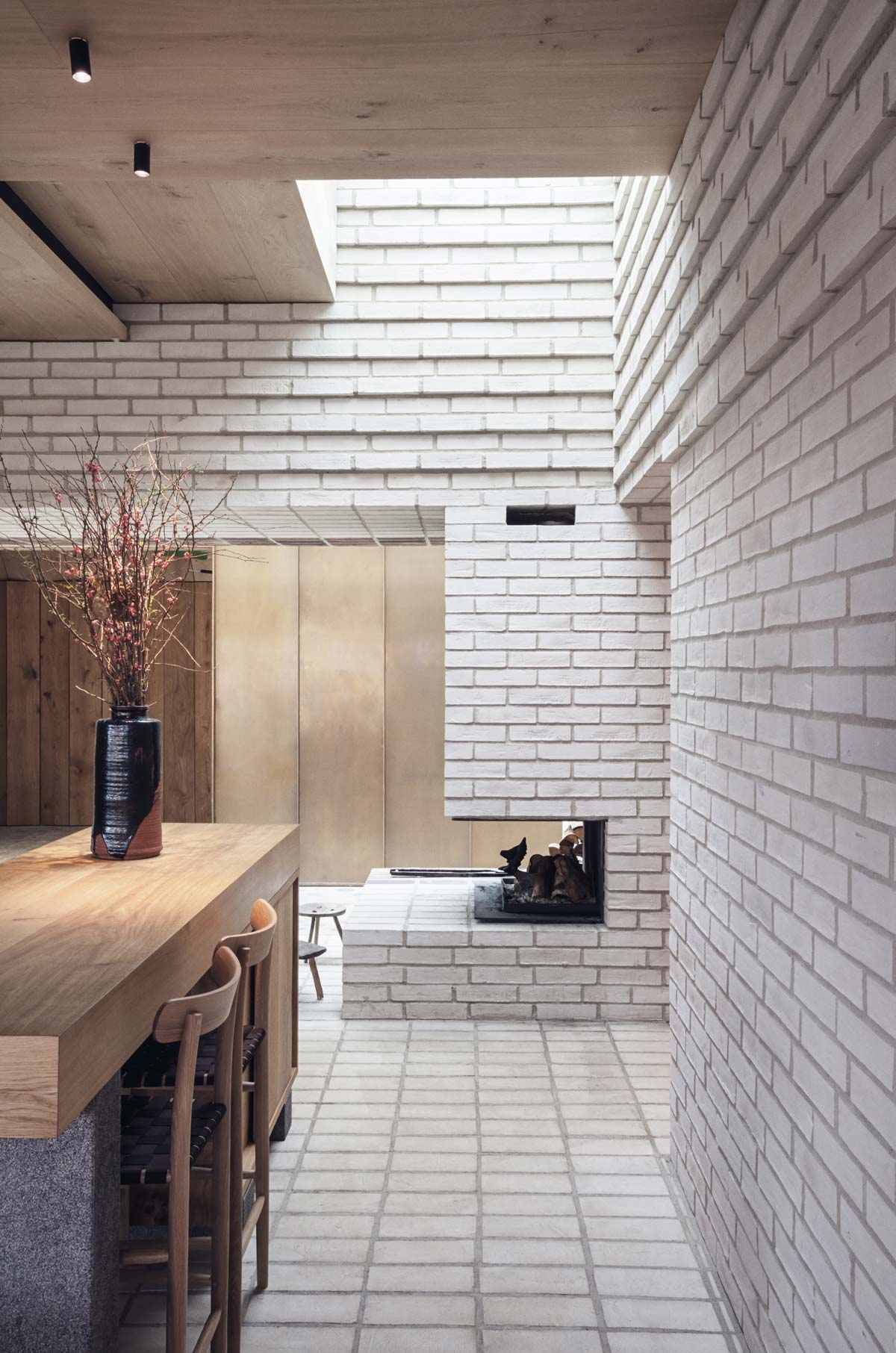René Redzepi, chef and owner of Noma in Copenhagen, has never been fully satisfied by his lofty achievements, that much has always been obvious. On the contrary, he has always been keen on new departures and exploring new horizons. It isn’t easy to keep amazing.

The same can be said of Bjarke Ingels and his design studio BIG – never has an acronym been so apt – which has become synonymous with innovation and experimentation. Perhaps it is because of this impetuous ‘dissatisfaction’ that they share that destiny brought them together. Also throwing another thoroughbred into the mix, leftfield designer and architect David Thulstrup.

This trio recently managed to condense modernity and the past, ingenuity and beauty, into a truly original and innovative idea that will leave people open-mouthed. The challenge was to close a multi award-winning restaurant and reopen it in the outskirts of the city, near Christiania, close to the 17th century fortified walls, to create what Redzepi loves to call the ‘village’: a complex covering around 1290 square metres where greater biodiversity can be introduced in the local area, where Nordic traditions can be accentuated in the dishes, and where the culinary confines of the region can be explored, at times also quite radically. Noma 2.0 comprises 11 different buildings designed by BIG, each of which has its own personality, characterised by a material and a specific function – dining room, entrance, waiting room, private dining area… Here, an existing concrete building, formerly a munitions warehouse, was converted into a kitchen, fermentation lab and staff room.

All of the pieces of architecture have strong individual personalities made even more powerful by the fact that they form part of a whole. A collection of buildings reminiscent of classic country farms surrounded by lush vegetation and a view of the lake that Studio David Thulstrup, with its interior design project, was able to ‘treat’ in an honest, simple and modern way, making them resonate without disfiguring them.

“Interiors, like architecture, must respect the place where they are located”, explained Redzepi. And the joint BIG-Thulstrup project speaks an unmistakeably Scandinavian language that is totally free of the usual Nordic aesthetic clichés. The materials are the real stars, so much so that the structural elements and items of furniture seem to merge together, an example being the drawers perfectly camouflaged against the wall entirely covered with oak bricks, held together by 250,000 invisible screws. The main dining room boasts a spectacular 200 year-old naturally blackened beam, found in the area around the port, which is used in its natural state as a central counter.
Just like the rough-hewn Swedish granite coffee tables in the lounge. Even the kitchen, left deliberately open by the chef “so its energy can be transmitted to the diners”, is a masterpiece of cabinetwork, entirely furnished in oak (knobs included) instead of the customary steel, designed by Thulstrup and produced by Maes Inox.

The majority of the furnishings were specially designed and custom-made thanks to the help of numerous artisans and companies, many of which local such as Dinesen, specialists in wooden flooring.
The tables and chairs were jointly designed by the chef and the interior designer, a contemporary take on the Scandinavian tradition, this time with seats and backrests in woven paper cord produced by family business Brdr. Krüger. The simple lighting system, meanwhile, was designed by Studio David Thulstrup with the Australian XAL. The tableware was also carefully crafted and customised.

Glass artist Nina Nørgaard designed and produced 2000 hand blown glasses, and a team of 5 ceramists hand-shaped various table services (over 6000 pieces), to change according to the season. If you want to walk through the rudimentary and charming front door of Noma 2.0, which makes you want to take off your shoes and make yourself at home, it is a good idea to book right away. The waiting list is long.







